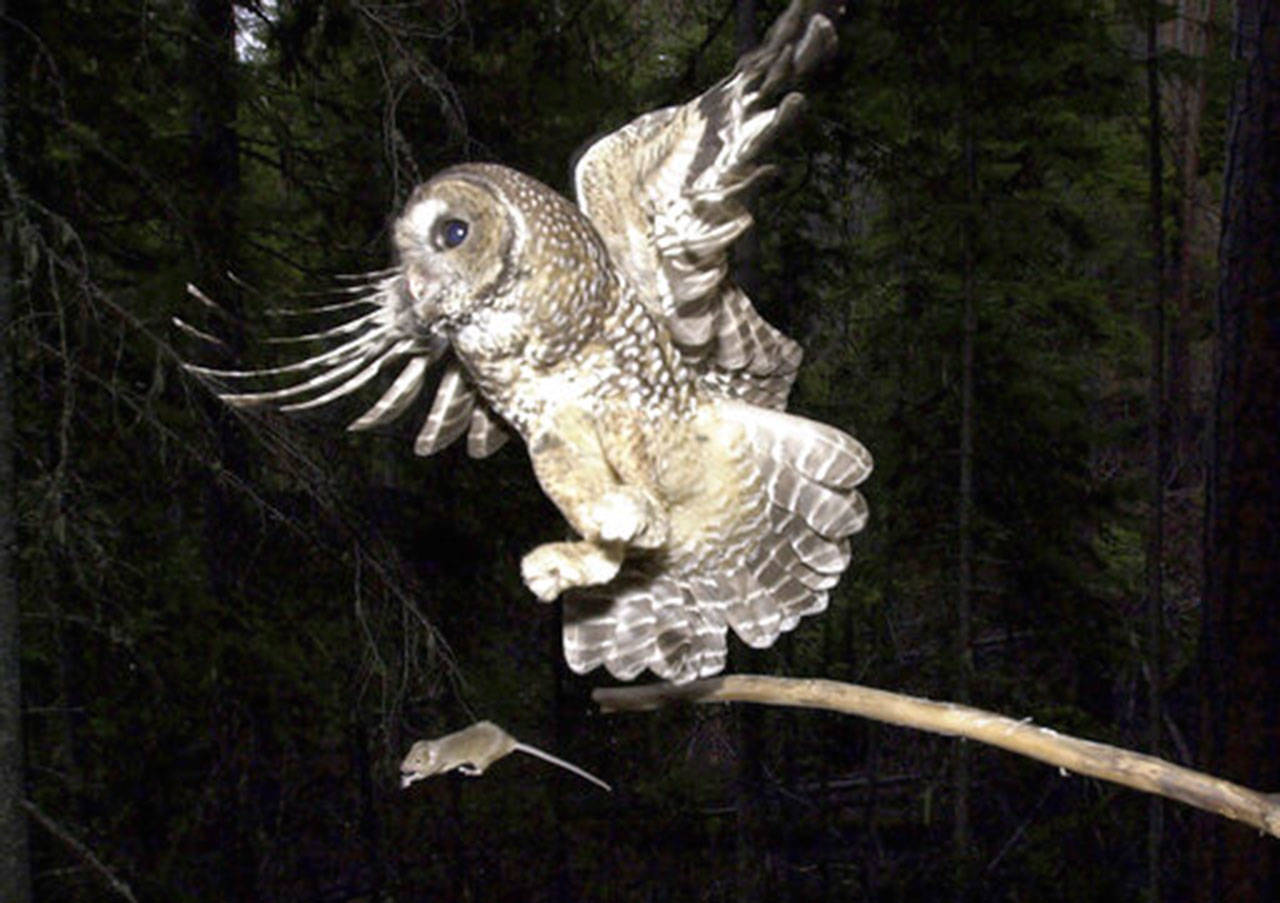By Matthew Brown | The Associated Press
BILLINGS, Mont. — The Trump administration is moving to restrict what land and water areas can be declared as “habitat” for imperiled plants and animals — potentially excluding locations that species could use in the future as climate change upends ecosystems.
An administration proposal obtained by The Associated Press and publicly released Friday would for the first time define “habitat” for purposes of enforcing the Endangered Species Act, the landmark law that has dictated species protections efforts in the U.S. since 1973.
A final decision is expected by year’s end, with broad implications for how lands are managed and how far the government must go in protecting plants and animals that could be sliding toward extinction.
Democratic lawmakers and wildlife advocates said the proposal ignores shifting threats to wildlife and plants due to climate change and habitat loss.
It follows other steps under Trump to scale back or alter endangered species rules, including lifting blanket protections for animals newly listed as threatened and setting cost estimates for saving species.
Legal observers said the Republican administration’s two-sentence definition of habitat would limit what areas the government can designate as critical to a species’ survival.
Its declaration that habitat includes areas with “existing attributes” appears to rule out land or water needing restoration work or sites that could become suitable in the future as climate change forces species to relocate, said J.B. Ruhl with Vanderbilt University Law School.
“To me, they are clearly trying to rule out restoration and climate change,” Ruhl said.
He added that a court would likely agree that the government’s definition was reasonable, even though he does not think it is good policy for dealing with climate change.
Jonathan Wood with the Pacific Legal Foundation, which represents landowners opposed to having species protections forced upon them, said the government’s proposal would rightly restrict what areas could be designated as habitat.
He said that would force the government to concentrate on sites more suitable for conservation work, instead of infringing on private property rights.
Others warned that it would seriously hobble restoration efforts by confining struggling species to small patches of pristine land and blocking restoration work that could expand their range.
The northern spotted owl of the Pacific Northwest, which depends on old growth forests, offers a prime example, said Noah Greenwald with the Center for Biological Diversity.
Much of the bird’s historic habitat was logged. “But it will become old growth forest again one day if we protect it. So does that not count as habitat?” Greenwald asked.
“If we want to recover species, we have to restore them to more larger portions of their historic range,” he said.
Friday’s proposal from the U.S. Fish and Wildlife Service and National Marine Fisheries Service comes in response to a 2018 U.S. Supreme Court ruling involving a highly endangered Southern frog — the dusky gopher frog.
Trump administration officials said the proposal would apply to relatively few cases and provide “more consistency” and “more transparency” for private landowners, companies and states.
They would not specify what types of land or how much could be excluded under the definition, or give immediate details on which species could be impacted.
“The Supreme Court recently held that an area must be ‘habitat’ in order to be designated as ‘critical habitat,’ and we are now seeking public comment on how best to define that overarching term,” said wildlife service assistant director Gary Frazer.
In the gopher frog case, a unanimous court said the government had to decide what constitutes suitable habitat for the 3 ½-inch-long frogs before it could designate some of those areas as “critical habitat” for the species, which survives in just a few ponds in Mississippi.
The dispute arose after the Fish and Wildlife Service designated 1,500-acres of land and ponds in neighboring Louisiana as critical habitat for the frog even though none lived there.
Attorneys for the landowner, timber company Weyerhaeuser Co., called that an unjust land grab. But environmentalists said designating the land as critical was necessary to keeping the frog from disappearing.
The proposed definition says habitat includes “places that a species depends upon to carry out one or more life processes,” such as breeding or eating.
If the definition had been in place prior to the dispute over the gopher frog, the government might have been forced to limit its critical habitat designation to the ponds only, and not the surrounding land, said Wood.
“It gives a standard which we’ve been lacking for the past 45 years to guide critical habitat designations,” he said. “You won’t have the free-roaming critical habitat designations like you would have in the Weyerhaeuser case.”
The Trump administration ultimately withdrew the Louisiana critical habitat designation in a settlement.
Arizona Rep. Raul Grijalva, a Democrat, said if Friday’s proposal had been in place decades ago, iconic species such as the bald eagle would not have recovered widely and instead would be limited to scattered patches of land.
“The purpose of the Endangered Species Act is to help endangered species flourish and expand back into their former habitat.” said Grijalva, chairman of the House Natural Resources Committee.

